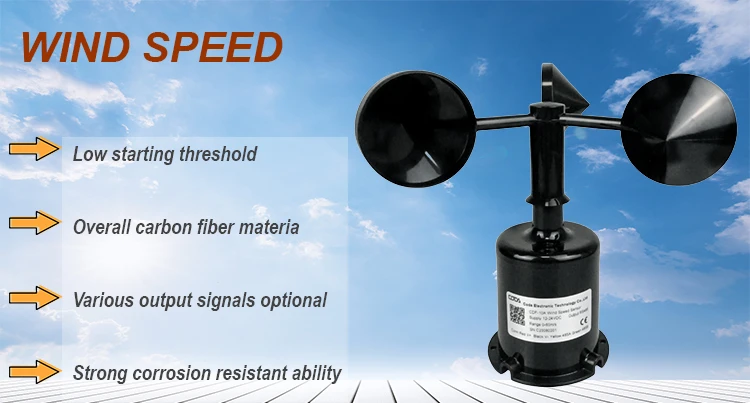Anemometer: The Instrument for Measuring Wind Speed

# Anemometer: The Instrument for Measuring Wind Speed
## Introduction to Anemometers
An anemometer is a specialized instrument designed to measure wind speed, a crucial parameter in meteorology, aviation, marine navigation, and various industrial applications. These devices have evolved significantly since their invention, offering precise measurements that help professionals make informed decisions based on wind conditions.
## How Anemometers Work
The most common type of anemometer is the cup anemometer, which consists of three or four hemispherical cups mounted on horizontal arms that rotate around a vertical axis. As wind blows, the cups catch the air flow, causing the assembly to spin. The rotation speed is directly proportional to the wind speed, which can be measured mechanically or electronically.
Other types of anemometers include:
– Vane anemometers (windmill anemometers)
– Hot-wire anemometers
– Ultrasonic anemometers
– Laser Doppler anemometers
## Applications of Anemometer Measurements
Wind speed measurements are critical in numerous fields:
Meteorologists use anemometers to predict weather patterns and issue severe weather warnings. Aviation professionals rely on accurate wind speed data for safe takeoffs and landings. In the energy sector, wind farm operators use anemometers to assess potential sites and optimize turbine performance.
## Choosing the Right Anemometer
When selecting an anemometer, consider these factors:
Measurement Range
Different models offer varying measurement ranges, from gentle breezes to hurricane-force winds.
Accuracy Requirements
Professional applications may require higher precision than recreational uses.
Environmental Conditions
Consider whether the device will be used in extreme temperatures, marine environments, or other challenging conditions.
## Maintaining Your Anemometer
Proper maintenance ensures accurate measurements and extends the instrument’s lifespan:
- Regularly clean the moving parts to prevent dust accumulation
- Check for corrosion, especially in marine environments
- Calibrate the device according to manufacturer recommendations
- Protect electronic components from moisture and extreme temperatures
## The Future of Wind Speed Measurement
Technological advancements continue to improve anemometer design and functionality. Modern devices now incorporate wireless connectivity, data logging capabilities, and integration with weather station networks. These innovations make wind speed data more accessible and useful across various industries.
Whether you’re a weather enthusiast, professional meteorologist, or industrial operator, understanding and utilizing anemometers properly can provide valuable insights into wind patterns and their effects on your activities or operations.
Keyword: instrument measure wind speed